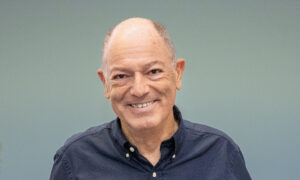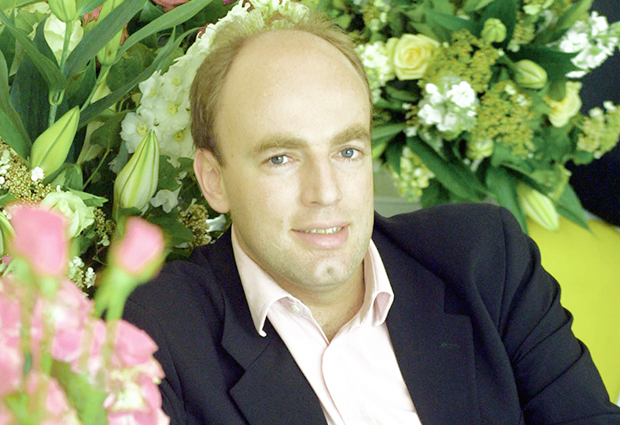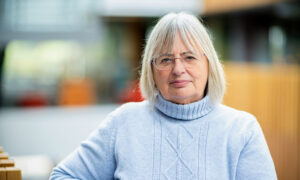
Branches: The perfect meal
Grab some dark chocolate, put on some headphones, close your eyes, and relax. Comfortable?

A simple experiment designed by Oxford University psychologist Charles Spence encourages users to flick between high- and low-pitched sounds as they enjoy a delicious bittersweet snack (try it here). And if you happen to experience sweetness flooding over your taste buds as you listen to the high notes, or bitterness as the pitch gets lower, you are not imagining things.
This tasty exercise, which Spence describes as “sonic seasoning” illustrates one of many approaches that his team, in collaboration with neuroscientists, marketers, musicologists, designers and chefs, are using to better understand our experience of food and drink. “Flavour is shaped not only by taste and smell, but by the environment, the context of the meal, and visual cues,” he explains. “Food is the one place where all the senses come together. The room, the music played, even the shape and colour of your plate – they all matter.”
Sensory science
Spence’s publication list reads like an experimental tasting menu. In one study, designed with top Spanish chef Ferran Adria, diners rated an identical strawberry mousse as 10% less sweet if served on a black plate rather than a white one. Another illustrated how perceptions of whisky can be influenced to be more grassy, woody or sweet, depending on lighting, background noise, or surrounding scents. He has looked into why tomato juice is a drink of choice on an airplane but not on the ground, and found that potato chips that sound crunchier, taste better. “Even before we put food into our mouths our brains have made a judgement about it,” explains Spence. “People buy a wine that tasted great while on holiday in the sun, open it on a cold winter’s night and it tastes horrible – everyone has had a version of this experience.”
If you can convince chefs that the colour of their plate matters, then it could be on the menu the following day, just like that.
The work has attracted the attention of academia and industry alike. Coffee giant Starbucks has developed playlists for customers to listen to, to get that ‘coffee-shop experience’ at home. While chocolate company Cadbury was dealt a harsh lesson when it gave its Dairy Milk bar a more rounded shape, only to receive complaints from consumers who believed the recipe had been modified (it hadn’t). The reason? Round tastes sweeter. “Surprisingly, these perceptions are common across groups of people,” Spence explains. “By taking our understanding of how the brain works, we can learn which shapes, instruments and notes go with particular tastes, and present them together to make food healthier and taste better.”
New ideas on the menu
Amongst many other projects, Spence is currently working with a philosopher and a chef to identify ways of making insects more attractive as a substitute for meat – and the work is opening up the tantalising prospect of nudging people into making healthier food choices. “Before the focus has been on technology in the kitchen – you do not see it, but taste the results,” he says. “Going forward I think we will increasingly see more things like directional soundscapes and harnessing mobile technologies at the table. Restaurants are a fantastic test bed of innovation – and if you can convince chefs that the colour of their plate matters, then it could be on the menu the following day, just like that.”


